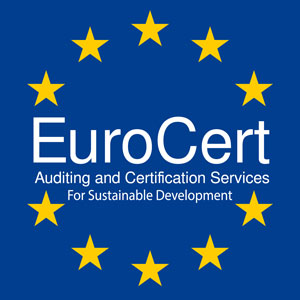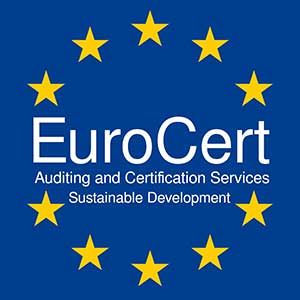HACCP (Hazard Analysis and Critical Control Point)
HACCP (Hazard Analysis and Critical Control Point) techniques are increasingly used in the food industry throughout the world.
HACCP principles, developed by the Codex Alimentarius of the World Health Organisation, demand that organisations establish effective food safety systems through the application of a systematic approach to hazard and risk analysis.
This systematic preventative approach to food safety and pharmaceutical safety addresses physical, chemical, and biological hazards as a means of prevention rather than finished product inspection. This standard is used in the food industry to identify potential food safety hazards, so that key actions, known as Critical Control Points (CCP’s) can be taken to reduce or eliminate the risk of the hazards. The system is used at all stages of food production and preparation processes.
Who can use HACCP?
All organisations who play a role in the food and pharmaceutical supply chain.
Benefits of HACCP
· Commitment – increasingly companies within the food chain must be able to demonstrate an effective HACCP system, depending on varying local and national requirements. Meeting local food hygiene regulations and applying hazard analysis techniques, such as HACCP, add to what may already seem to be a complex and daunting process for those in the food chain. However, taking a formalised approach to assuring food safety helps you demonstrate your commitment by meeting the demands of legislation.
· Trust – from your customers and stakeholders who see that you take a serious and managed approach to food safety.
· Competitive – you will stand out from your competitors who do not have this standard and it will help you to become a supplier of choice.
. ISO/TS 29001 provides additional requirements to quality management system standard ISO 9001 specifically intended for the petroleum, petrochemical and natural gas industries.
Who can use the standard?
· manufacturers of oil and gas industry equipment and material upstream and downstream
· service providers to the oil and gas industry
· purchasers of equipment, materials and services
Benefits
· Shows commitment to safety – The oil and gas industry handles hazardous fluids and gases through a variety of processes, which makes considerations of the safety of personnel and the public of primary importance.
· Integrity – protection of the environment and of business continuity (maintenance of revenue streams, for companies and national economies) need a high level of operational integrity.
· Integration – ISO/TS 29001 incorporates the requirements of ISO 9001 and includes detailed, sector-specific requirements for design, development, production, installation and service of products.
· Continual improvement – The new technical specification aims at the development of a quality management system that provides continual improvement, emphasising defect prevention and the reduction of variation and waste

